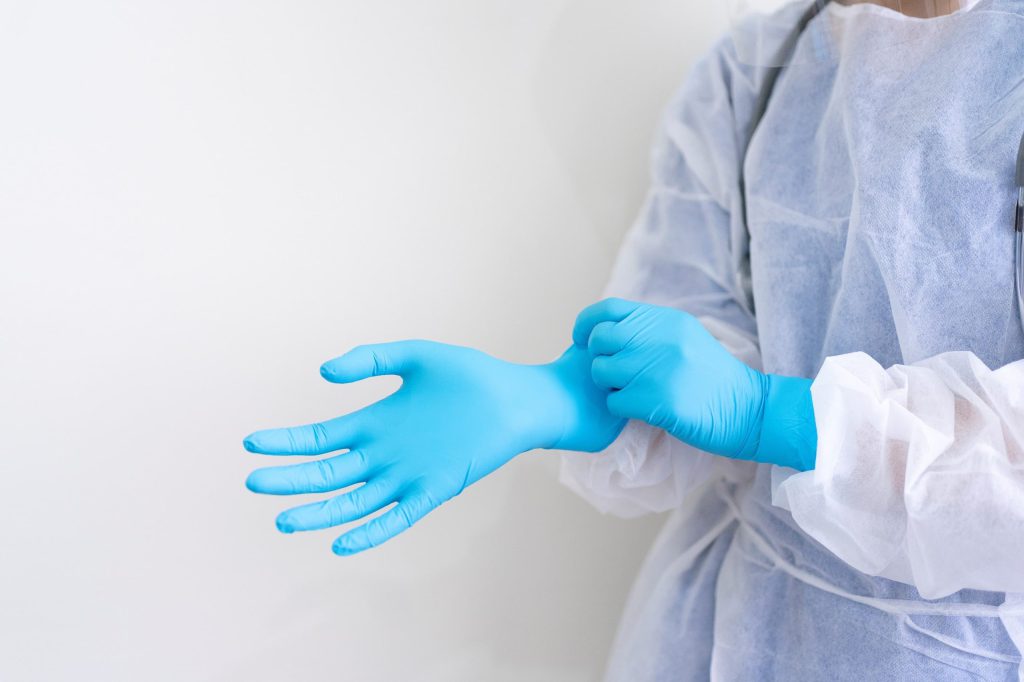
Remote Patient Monitoring for Infectious Disease Control and Prevention
Respiratory illness is on the rise across the United States, with most states now experiencing high levels amid a worsening flu season. Hospitals teetering on the edge of capacity and their healthcare providers are struggling to get through a brutal respiratory virus season. According to CNN Health, some hospitals are even experiencing bed shortages, forcing patients to seek treatment elsewhere.
How hospitals can alleviate the burden of infectious disease epidemics
With high numbers of patients requiring constant care and a lack of ongoing visibility into isolation rooms, patient acuity and population can quickly overwhelm the staff and increase the risk of transmission. These staffing limitations and risks put patient safety in jeopardy and calls for alternative models of care.
CareView is more than just a means of visualizing your patients. Customers benefit from using the CareView Patient Safety platform as a conduit for communication from the care team to the patient, reducing the need for the care team to enter the patient room, protecting nurses and caregivers from exposure, and reducing personal protection equipment (PPE) utilization. In addition to the 2-way audio capability, our Mobile Controller and Sonifi integration offer more of a concierge experience by allowing the patient to see who they are communicating with, maintaining that human connection.
By placing cameras in hospital rooms, patient observers and virtual care team can oversee multiple patients at one time. Virtual monitoring gives hospital staff eyes in every room and allows them to communicate remotely to triage care needs and keep patients and staff safe.
Protect patients and staff with 24-hr monitoring
Virtual patient observation is a 24/7 system. The workflow and observation ratios of one facility may look vastly different from the workflow at another. Best practice is for dedicated virtual observation staff to monitor from a centralized location. However, if staffing demands require another approach, having a strategy that incorporates a rotation of unit staff throughout a shift can be an effective alternative.
The advantages of using remote video monitoring in highly infectious patient rooms:
- Less exposure via virtual rounding
Medical providers, nurses, and other support staff do not have to enter patient rooms to interact with them. They can communicate with the patient remotely and since they do not have to always go inside the rooms physically, they reduce their chances of contagion or transmission.
- Reduction in PPE use
CDC Standard Operating Procedures (SOP) require healthcare workers to protect themselves and other patients from transmission by wearing PPE and practicing good hand hygiene. However in extreme cases, such as the COVID-19 pandemic, PPE can be in short supply and very costly. The ability to monitor patients and communicate with them without having to continuously enter the patient room helps reduce the amount of PPE that they use and can save the hospital a lot of money.
- Adequate time to don PPE
Because the safety technician provides patient observation and intervention 24/7 via 2-way audio, the nursing staff will only receive qualified alerts to enter rooms in patient safety risk situations. The safety technician will only alert floor staff via their nurse communication system in the event that the patient is not redirectable. This gives them more time to don PPE safely before entering the room.
- Nurse satisfaction and retention
Medical providers and nursing staff are more attracted to working at a facility that offers the option of monitoring patients remotely. Hospitals and healthcare facilities are undergoing huge shortages of staff, as many of these professionals are choosing jobs with less associated risk and more benefits. Virtual nursing creates flexible working options for aging nurses and doctors or those with compromised immune systems.
- Patient safety and satisfaction
Adverse events are more likely to happen when staff is exhausted, or hospitals are short or understaffed due to infection. Having an extra set of eyes on patients and an avenue for telehealth allows patients to be tended to more immediately and improves patient safety.
Learn more at CareView
As we have seen, in a lot of ways we are not prepared for big epidemics and pandemics because of how our health system operates. It is imperative for health systems to invest in care alternatives to face-to-face triage and visits, such as virtual observation and virtual nursing.
CareView will work with you and your budget to design a virtual patient observation and virtual nursing program that improves patient care and the hospital’s bottom line. Contact us to learn more.